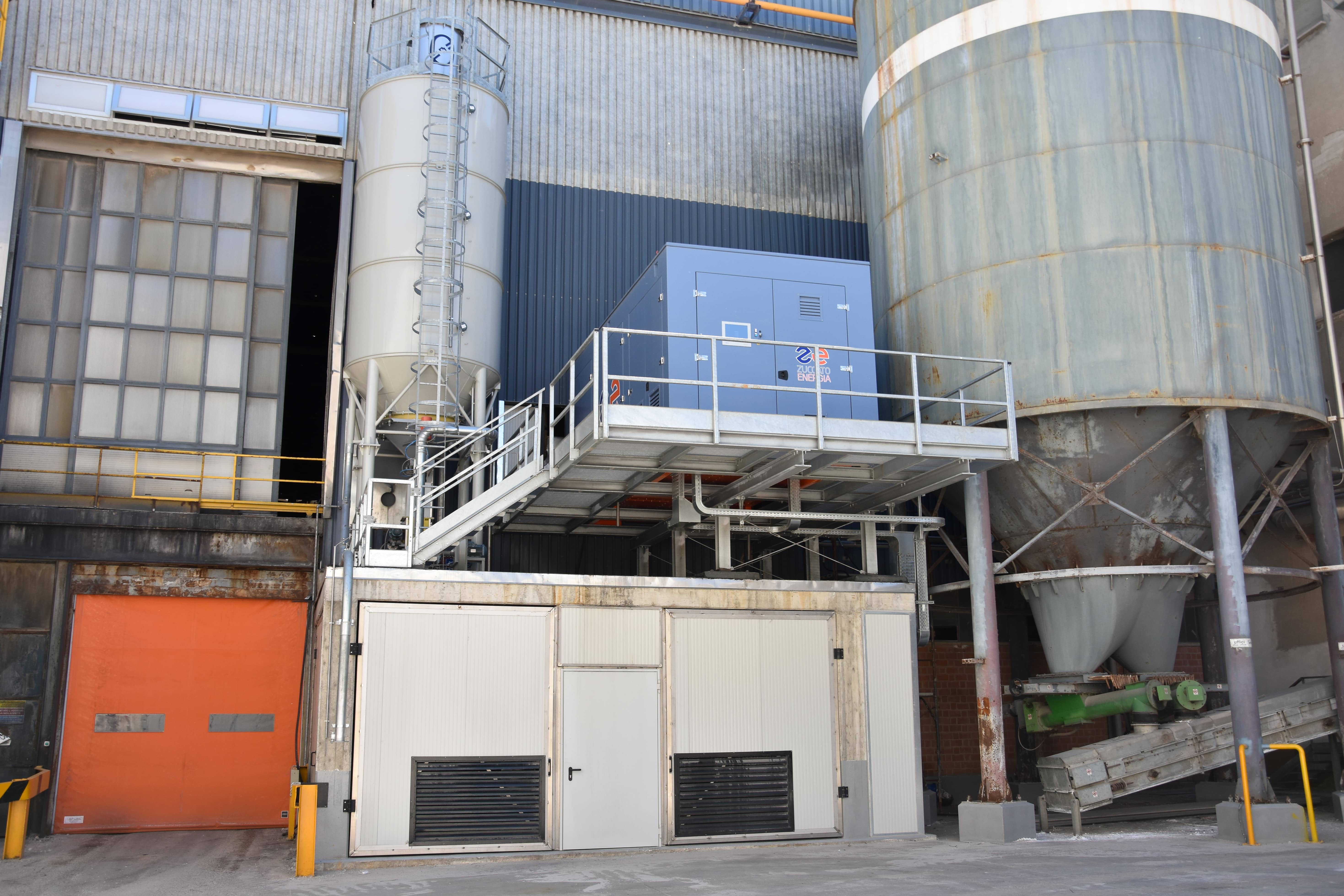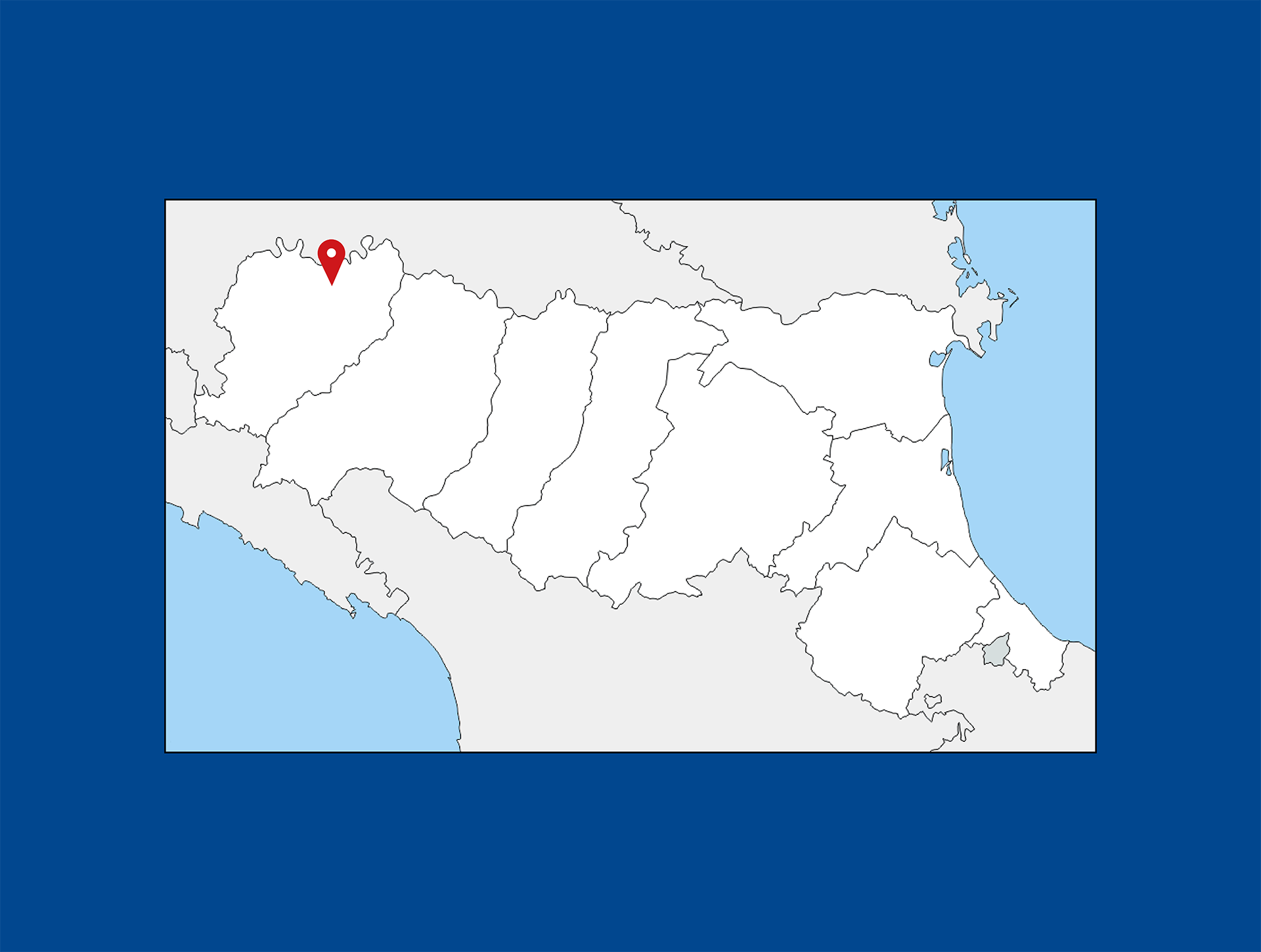The client is a glass factory located in Piacenza. It covers 52000 m2 and produces about 45 000 tonnes of glass per year using two melting furnaces.
The basic idea is to recover the thermal power of the flue gases after the ceramic candle filter in order to decrease their temperature and to produce electricity.
In this way, thanks to the heat recovery, the customer avoids to waste heat and improves the fumes management system by not having to add false air for cooling the flue gases after the filter, which would be mandatory to avoid damages to the ventilation system. This adds an additional advantage of the installation since it lowers the electrical consumption of the fans that are commonly used for the injection of the false air.
To control and manage the recovery there is a bypass with adjustable shutters in order to direct the flue gases according to the recovery and operation required by ORC and by the client’s plant.


The installed module is a ZE-200-LT and has a nominal power of 200 kW and absorbs about 1400 thermal kW. The recovery is carried out employing a heat exchanger which intercepts the fumes from the furnaces and uses them to heat some water, the vector fluid necessary for the operation of the ORC system. The fumes are cooled from a temperature of about 450° C up to 200°C while on the secondary side of the heat exchanger, pressurized water circulates at 10 bar at 140°C, which thanks to the heat of the fumes is heated up to 160° C.
For the condensation stage the client has chosen an adiabatic cooler system to allow operation even in cases of higher ambient temperatures. Due to its characteristics, the system is very constant thanks to the low variability of production and furnace operation characteristics of glass factories.
The system is mounted on a self-supporting frame (skid) which includes heat exchangers, turbogenerator and control panel. In this case the skid is positioned on a special external structure inside a customized container and operated in full automatism, without the need for an operator, and can also be monitored and managed entirely remotely.